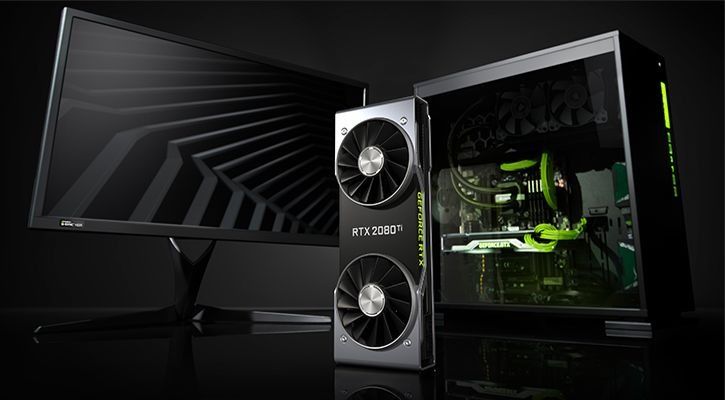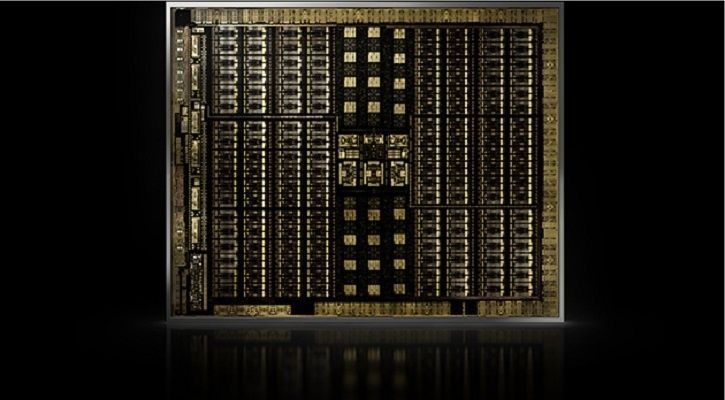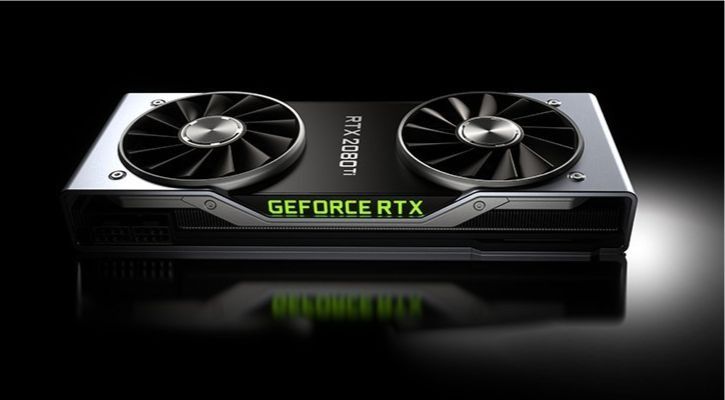Boyan Slat is a 23-year-old Dutch inventor, and founder of the highly ambitious Ocean Cleanup project.
And in a little over a week, the group will embark on a complex plan to reduce the size of the Great Pacific Garbage Patch by half within the next five years.
This Is The Biggest Effort To Clear 1 Trillion Plastic Pieces From Our Oceans Over Next 5 Years
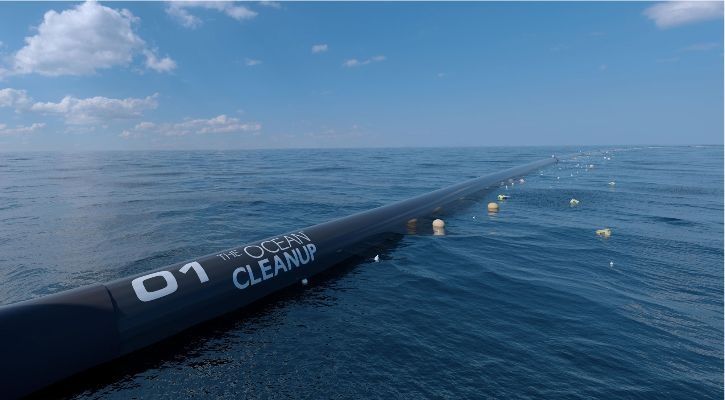
The initiative has been a long time coming, having first been started by Slat in 2013 at the tender age of 18. Five years later, having raised over $31 million for the project, The Ocean Cleanup project has conducted close to 300 scale model tests and has mapped the Great Pacific Garbage Patch in depth.
Also called the Pacific trash vortex, this is basically a vortex of trash circulating through the North Pacific Ocean, thanks to how ocean currents cross the region. It’s estimated there is around 80,000 metric tons of plastic in the patch, about 1.8 trillion pieces, stretching across 1.6 million square kilometres.
On September 8 Ocean Cleanup will deploy what it calls System 001 from California. It’s basically a 600-meter-long floater that sits on the surface of the water, with a three-metre-long skirt that extends below. Both of these stop plastic from escaping the device, trapping and amassing it all as the trash is pushed towards it by ocean currents. It then needs to be emptied every four to six weeks, in order to have it collect more and keep marine life from settling there.
System 001 can reportedly collect about five tons of ocean plastic per month. If successful, the group intends to eventually deploy a total of 60 systems in the fleet. Altogether, they’d be able to gather about 14,000 tons of plastic from the ocean each year.
“After fleets of systems are deployed into every ocean gyre (current vortexes), combined with source reduction, The Ocean Cleanup projects to be able to remove 90 percent of ocean plastic by 2040,” the company says on its website.
Also Read:#NotAPlasticoholic: 7 Things About Plastic That Have Plagued The Planet Earth
Also Read:#NotAPlasticoholic: 7 Things About Plastic That Have Plagued The Planet Earth
There are those who remain skeptical about the project of course, saying it tackles the effects and not the cause of the problem. It is a start however, and Slat’s team refuse to let criticism weigh them down. In fact, they believe their project will be successful.

“While the need for a cleanup is clear, the engineering behind developing an efficient system that can survive at sea for decades is hard,” Slat wrote in a blog post. "It took years for our skilled team, which currently consists of scientists and engineers with around 400 years of offshore engineering experience between them, to develop the technology.”
That’s why they want to start as quickly as possible, and clean up as much plastic as they can. The hope is that the world will come around to reducing the source of plastic pollution, but they don’t want to wait for that day to rid our oceans of the damage already caused.
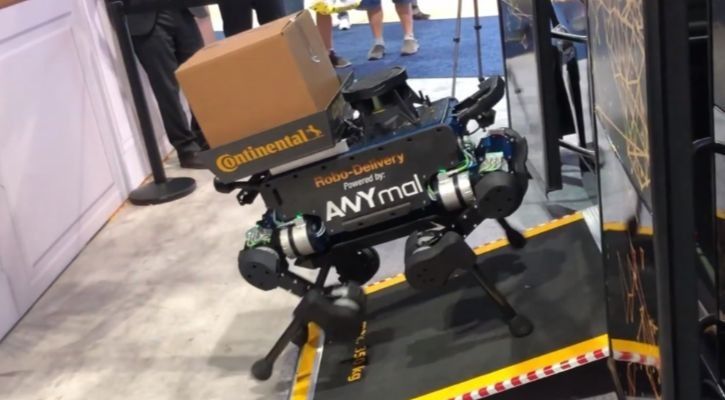
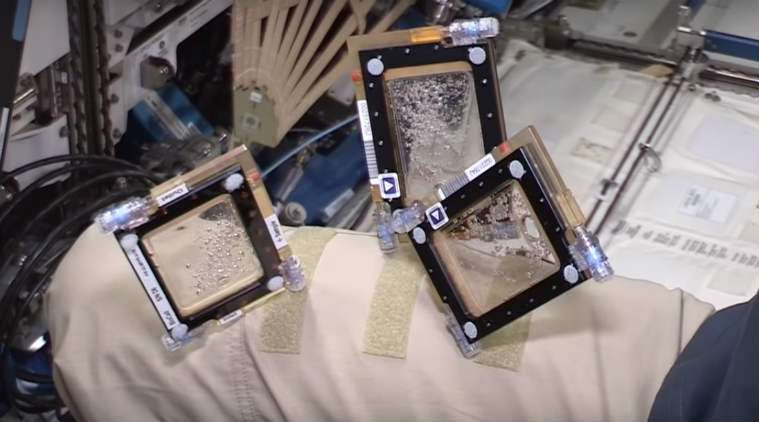 Several cartridge-shaped containers on board the ISS currently host the cells as they undergo varying amounts of chemotherapy exposure. (Image Source: YouTube/NASA)
Several cartridge-shaped containers on board the ISS currently host the cells as they undergo varying amounts of chemotherapy exposure. (Image Source: YouTube/NASA)


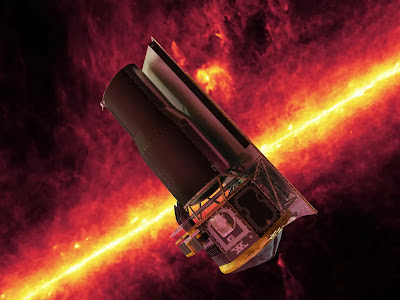

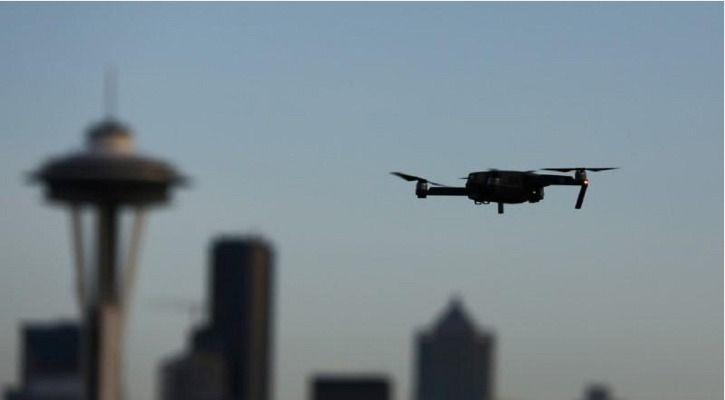

 Flying cars that can zoom over congested roads are closer to reality than many people think. (Image: Bloomberg)
Flying cars that can zoom over congested roads are closer to reality than many people think. (Image: Bloomberg)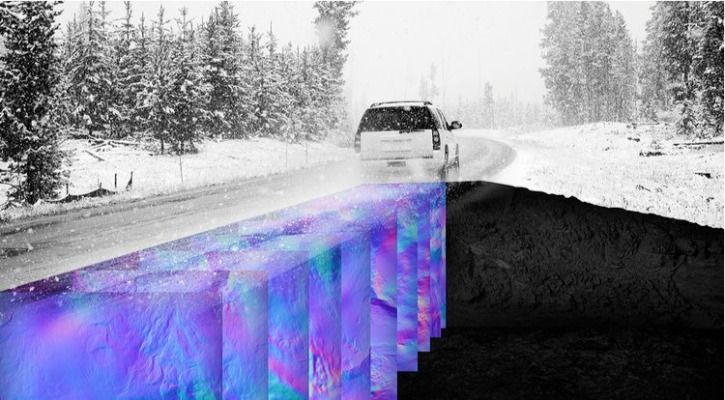
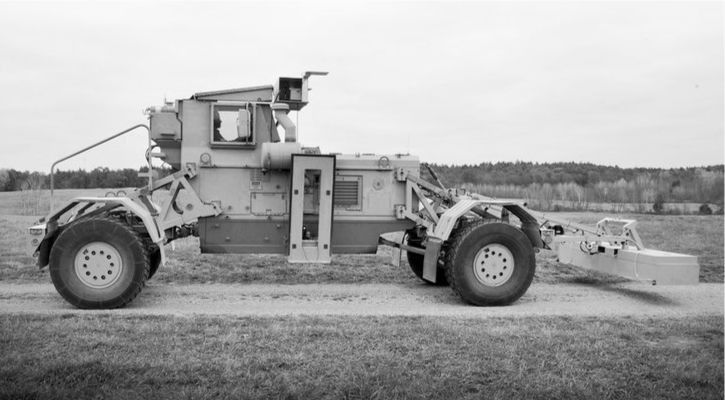
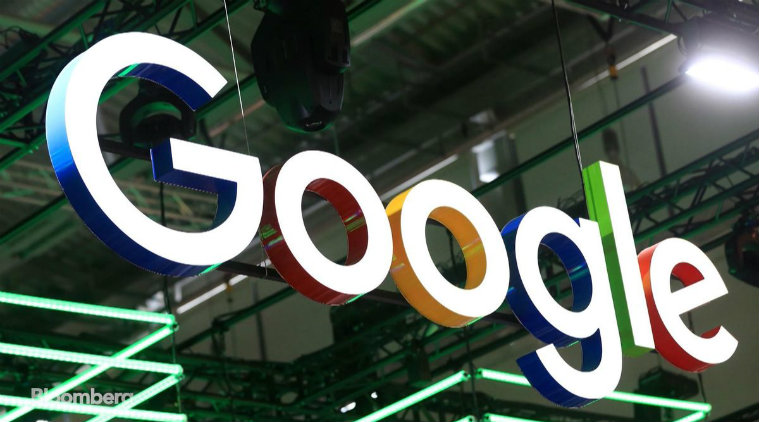 The daily dose of good stories will be curated and summarised by the Solutions Journalism Network, a non-partisan, non-profit organisation. (Image: Bloomberg)
The daily dose of good stories will be curated and summarised by the Solutions Journalism Network, a non-partisan, non-profit organisation. (Image: Bloomberg)